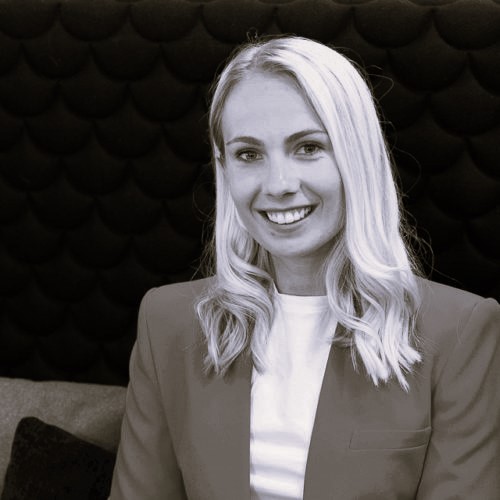Podcast Overview
Do you frequently lose consumers as a result of poor retention tactics? You know the ones we are on about, bulk emailing, no personalisation, spammy emails.
Over the previous 12 months, email marketing has increased client retention for over 77% of brands. The email marketing industry now generates over $10 billion in revenue. So don’t miss out on skyrocketing your profits.
In this episode, Emma discusses the world of customer retention and why it is so essential to the growth of your business. After all, personalisation = conversion!
eCom@One Presents:
Emma Derbyshire
Emma Derbyshire, Head of Growth at eComOne, leads the strategies of six, seven and eight figure brands to help them scale their business online. After working in Marketing for 10 years, she has found her passion in the world of retention, eCommerce and digital.
In this episode, Emma discusses customer retention and why it is so essential to the growth of your business. She also explains how you can achieve this by harnessing the power of loyalty schemes and technology. Find out what mistakes companies are making with email marketing and why this could be detrimental to your business.
Tune into this episode to learn how to improve your retention strategy to boost growth and maximise profits. You don’t want to miss this one!
Topics Covered:
2:04 – Introduction To Emma And How She Got Into The World Of eCommerce
3:40 – What Does Retention Mean To Emma
5:12 – How Can Companies Stand Out In A Crowded Market Place
13:15 – The Key To Maintaining Loyalty And Retention In Difficult Times
17:15 – Deep Dive Into The Importance Of Loyalty Schemes
24:20 – Consistent Mistakes That Companies Are Making With Email Marketing
33:05 – Emma’s Top 3 Technologies For Customer Retention
42:43 – Whats Coming Over The Next 12 Months For eComOne
47:45 – Book Recommendation – The Chimp Paradox


